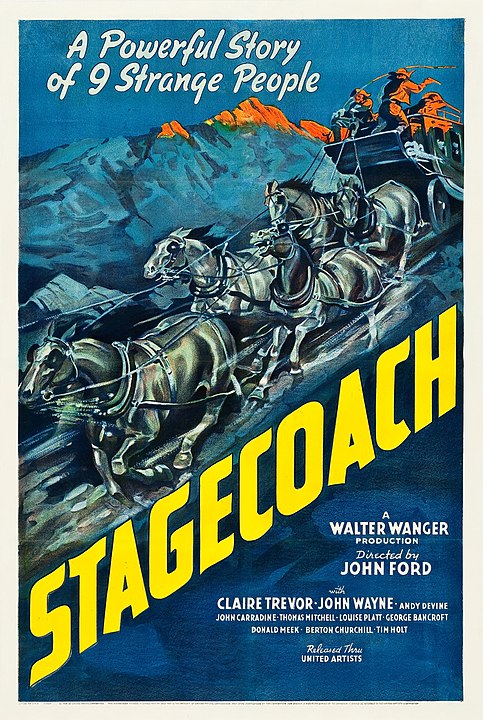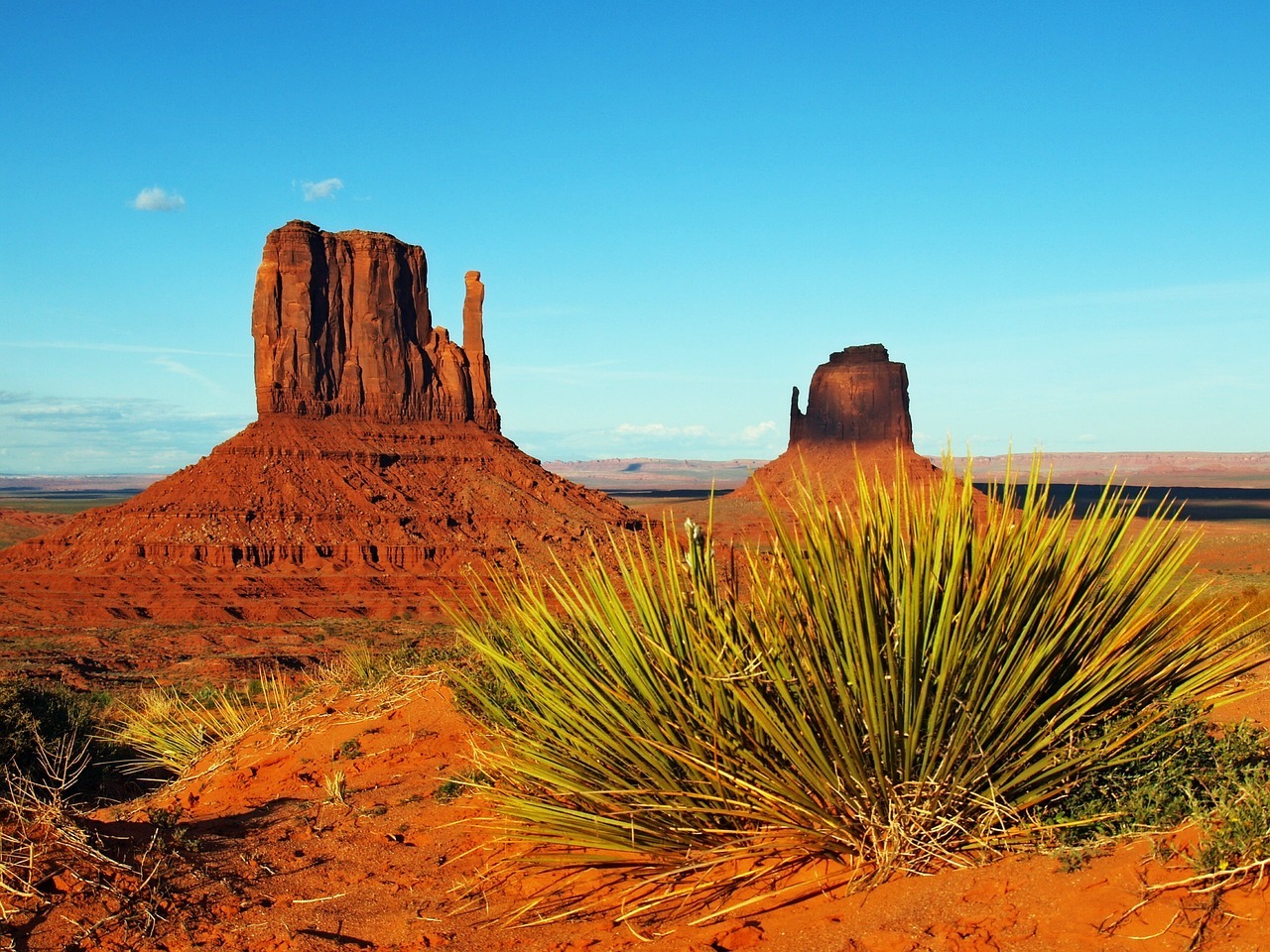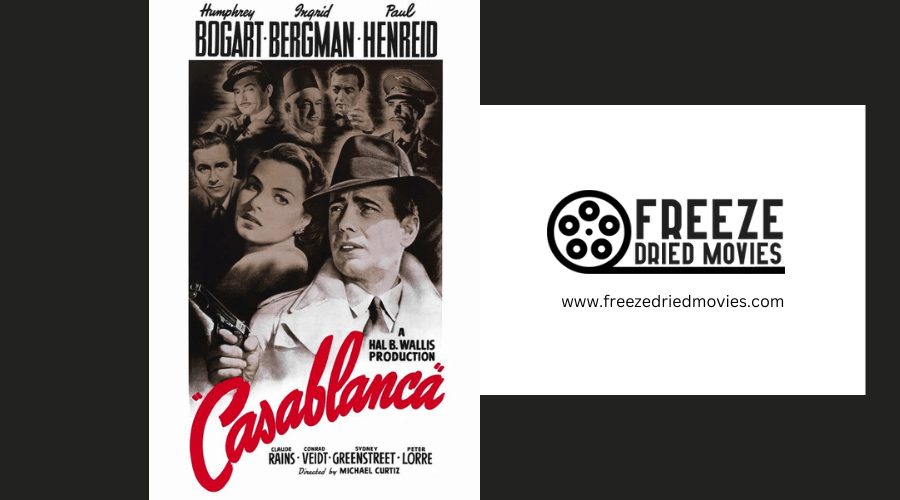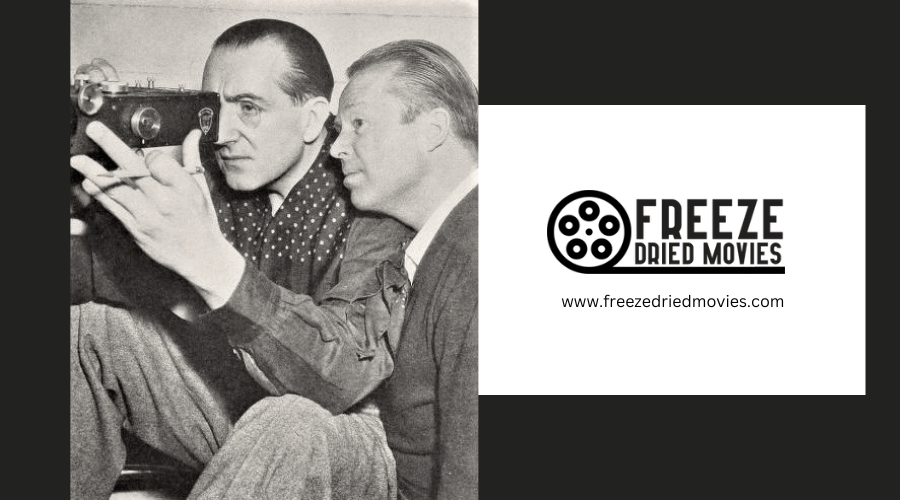What Role Did Scenery Play in the Popularity of 1940s Westerns?

In 1940s Westerns, expansive landscapes are integral to the storytelling, not merely backdrops. These settings, such as Monument Valley in John Ford's films, are pivotal in portraying the characters' isolation and emotional journeys. They enhance the authenticity and depth of the narrative, connecting viewers with the spirit of the American West.
These visually stunning and historically resonant landscapes contributed significantly to the genre's appeal and enduring impact, reflecting broader trends in cinema's evolution.
Scenic Influence on Storytelling
The expansive landscapes in 1940s Western films were more than mere settings; they fundamentally shaped the narratives, immersing viewers in the untamed wilderness of the American West. These films leveraged the rugged mountains and vast deserts not just as scenic backdrops but as integral elements of the story, portraying the isolation that mirrored the protagonists' emotional journeys. This portrayal of isolation not only enhanced the narrative but also deepened the viewers' understanding of the challenges faced by characters, aligning with the mythos of the frontier.
The use of authentic landscapes lent credibility to the stories, grounding them in a tangible reality that viewers could relate to. This approach helped depict life at the edge of civilization, where survival depended on overcoming both environmental hardships and human conflicts. By filming in the actual American West instead of on constructed sets, directors added authenticity and depth to their stories, fostering a deeper connection between the audience and the characters' experiences.
Through these scenic elements, the films not only preserved but celebrated the mythos of the American West, ensuring their lasting resonance with audiences. This strategic use of natural scenery supported the narrative coherence, relevance, and trustworthiness, making the films historically significant and impactful.
Iconic Filming Locations
Monument Valley, spanning Arizona and Utah, is a quintessential location for Western films of the 1940s, with its striking sandstone buttes and expansive vistas. Directors like John Ford masterfully utilized this landscape to enhance the narrative depth in movies such as Stagecoach and The Searchers. The rugged terrain not only provided a stunning visual backdrop but also symbolized the wild and untamed spirit of the American West.

The choice of Monument Valley as a filming location was strategic, deepening the films' connection to Western mythos and romanticism. Its isolation and challenging landscapes mirrored the qualities of the genre's heroes, adding emotional layers and a sense of authenticity to the storytelling. In these films, the setting isn't merely a backdrop but an integral part of the narrative, contributing to the overall impact and resonance of the genre.
Visual Authenticity and Appeal
When you watch 1940s Westerns, the on-location filming in the American West adds a layer of visual authenticity. The landscapes, captured in vibrant Technicolor, immerse you in the rugged beauty of the Western frontier. These natural settings, including mesas, canyons, and expansive deserts, are more than mere backdrops; they play a pivotal role in shaping the narratives and influencing the characters' journeys across this wild terrain.
Shooting these films on location allowed for a portrayal of the American West that studio backlots couldn't match. The Technicolor process enhances the vividness of the landscapes with striking blues, intense reds, and rich earth tones that amplify the visual impact and are essential to the storytelling.
This realistic depiction enables viewers to deeply engage with the era and ethos of the Old West. The accuracy and cinematic techniques employed in 1940s Westerns are key to their lasting appeal and the nostalgic allure that continues to attract global audiences.
Technological Advances in Filming
The 1940s Westerns were significantly enhanced by technological advancements in film production. The introduction of Technicolor transformed these films, bringing breathtaking landscapes to life with stunning, vibrant colors. The rich reds and oranges of desert sunsets, along with the lush greens of prairie grasslands, were vividly captured, immersing viewers in the scenes.
Cinematographers utilized improved cameras and lenses to depict expansive, rugged terrains with unprecedented clarity, effectively drawing viewers into the narrative. Iconic shots of a solitary cowboy traversing a vast, picturesque landscape set against a beautifully framed sunset not only added visual appeal but also enriched the storytelling.
Advancements in lighting techniques enabled filmmakers to skillfully use natural light to accentuate the intricate contours and textures of Western settings. Additionally, enhancements in sound recording captured subtle sounds like the rustling of leaves and the distant clatter of horse hooves, providing a comprehensive sensory experience that complemented the visual elements of these films. These technological innovations collectively elevated the cinematic quality of 1940s Westerns, making them a memorable and immersive viewing experience.
Impact on Audience Engagement
The 1940s Westerns significantly engaged audiences through their vivid depiction of the American West. These films not only entertained but transported viewers into the expansive landscapes of that era, enhancing their overall cinematic experience. Such settings weren't merely decorative but played a crucial role in the narrative, making the storytelling authentically resonate with the audience.
Here's how the scenery in 1940s Westerns maximized audience engagement:
- Visual Storytelling: The portrayal of canyons, deserts, and mountains did more than fill the screen; they advanced the plot and deepened character arcs, making the stories inherently more gripping.
- Emotional Impact: The grandeur of the landscapes often reflected the characters' emotional journeys, intensifying viewers' emotional connections to their challenges and victories.
- Historical Context: The realistic environments provided a window into the past, sparking interest and curiosity about the historical context of the American West.
- Authentic Atmosphere: Filming on location added a layer of authenticity, drawing viewers deeper into the characters' adventures and conflicts.
These aspects collectively enhanced viewer engagement, making the journey into the cinematic American West both memorable and deeply impactful.
Role in Genre Evolution
The landscapes in the 1940s Westerns were pivotal to the genre's evolution, setting visual standards that epitomized the American frontier. These films utilized visually striking settings not merely for aesthetic appeal but for authenticity. The rugged mountains, vast deserts, and expansive plains elevated simple narratives, offering viewers a deep dive into the untamed frontier.
Locations such as Monument Valley were more than mere backdrops; they were integral to the story, almost as characters themselves. These environments highlighted the frontier's harshness, directly impacting the mood and atmosphere of the films. As characters struggled against these formidable landscapes, their grit and determination became palpable.
Furthermore, these settings enhanced the classic Western narratives centered around cowboys, outlaws, and critical confrontations. The role of the scenery in these films went beyond visual engagement; it deepened the storytelling, adding layers of meaning and making the narratives more impactful. This integration of setting and story not only enriched the viewer's experience but also solidified the Western as a distinctive and enduring genre in cinema.
Comparison With Other Film Genres
Westerns from the 1940s distinctively utilized natural landscapes to set the stage for their narratives, contrasting sharply with other film genres of the time. This integration of the American frontier's rugged beauty provided a visually striking and authentic backdrop that contributed significantly to the genre's appeal and storytelling depth.
Here's how Westerns compared to other film genres:
- Visual Appeal: Unlike the shadowy, confined urban settings typical in film noir and dramas, Westerns featured broad, natural vistas. These panoramic views weren't only breathtaking but also essential to the genre's charm.
- Authentic Settings: While musicals and romantic comedies often relied on constructed studio sets, Westerns embraced real locations such as Monument Valley. This choice reinforced the narratives with genuine, rough landscapes that resonated with the spirit of the frontier.
- Narrative Depth: In contrast to the imaginative and fantastical elements prevalent in science fiction and fantasy genres, Westerns grounded their stories in moral dilemmas and heroism within tangible, realistic settings.
- Immersive Experience: Westerns' use of open landscapes provided an immersive experience that mysteries and thrillers, frequently set in stage-like environments, could not. This setting brought viewers closer to the elemental challenges and triumphs of frontier life.
The distinct utilization of natural environments in Westerns not only set them apart from other genres but also deepened viewers' engagement with the film's narrative.
Cultural Significance of Scenery

Monument Valley's iconic vistas are more than mere visual enhancements in Western films; they embody the American West's cultural ethos, underscoring the trials and resilience of its characters. In the 1940s Westerns, the landscapes are central, not just as settings but as pivotal elements that deepen the narrative. These vast, untamed expanses contribute to the films' authenticity, pulling viewers directly into the Wild West's core.
The rugged, picturesque terrains symbolically reflect the characters' challenges and adventures, adding layers of meaning to the story. Each rocky outcrop and dusty plain not only mirrors the protagonists' internal and external conflicts but also enhances the emotional depth of the films. This interplay between the harsh frontier beauty and the unfolding human drama captivates audiences, embedding the imagery of the American West deeply within the cultural psyche.
Legacy of 1940s Western Landscapes
The 1940s Western landscapes profoundly influence contemporary perceptions of the American frontier in cinema. Directors like John Ford utilized the rugged beauty of locations such as Monument Valley to infuse the Western genre with grandeur and a sense of isolation. This approach not only elevated the narrative but also established a lasting visual standard that continues to shape the genre.
Key influences of 1940s Western landscapes on modern cinema include:
- Monument Valley: Known for its unique rock formations and vast horizons, it remains a favored setting that epitomizes the untamed wilderness.
- Visual Storytelling: The adoption of natural light and wide shots during the 1940s set a precedent for depicting expansive, open spaces, a technique still prevalent in today's cinematography.
- Mythic Quality: The landscapes lend a timeless, mythic quality to the stories, enriching themes of struggle and heroism.
- Symbolism: The stark contrast between majestic landscapes and human figures underscores themes of civilization versus nature.
These elements ensure that the allure and challenges of the American West continue to be integral to the experience of Western films, effectively connecting historical perceptions with modern storytelling.
Conclusion
The breathtaking scenery in the 1940s Westerns was pivotal, not merely serving as a backdrop but actively shaping the narrative and enhancing viewer engagement. These landscapes provided a sense of authenticity that distinguished Westerns from other film genres, with technological advancements of the era further enriching the visual experience.
Each setting was imbued with cultural significance, contributing to a legacy that still impacts cinema. In essence, the scenery in these films was as integral to the story as the characters themselves.




